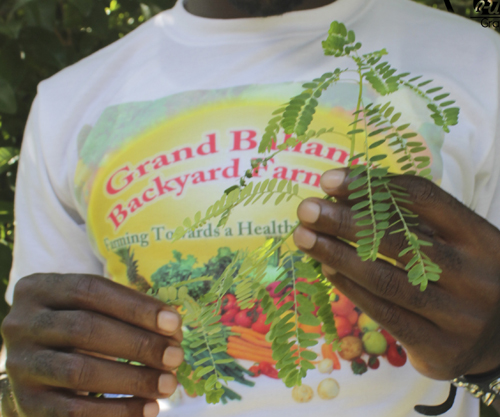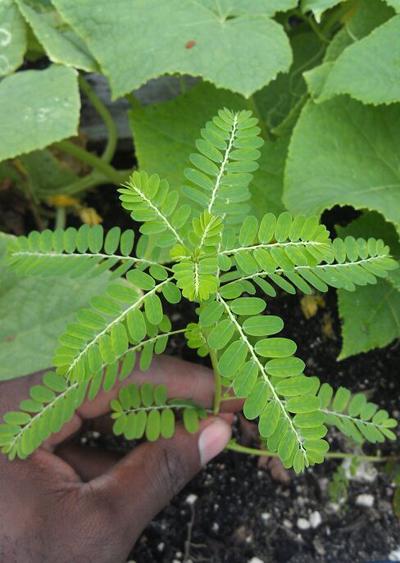|
|

|

|
 |
|
Last Updated: Feb 6, 2017 - 2:32:04 PM |

Chanca Piedra
|
Did you know that most of the weeds in our backyards are medicine? I’m quite serious! If you get a chance, take a walk around our mini tropical jungle here in Grand Bahama (as I do about once a week since I got hit with the bush medicine fever) and you will be very surprised at the number of herbs you will find. Here is a really cool, yet slightly annoying, one I can’t seem to get rid of: “Chanca Piedra.” However, because of its incredible ability to withstand my abuse I will share why I am about to keep it around.
Looking for this herb was not easy because it goes by so many names. “Chanca Piedra”, which means "stone breaker" in Portuguese, “seeds under leaf” and “Phyllanthus Amarus” are the most common names, but for now I will stick to Chanca Piedra.
This herb has been used by indigenous people in the Amazon as medicine for a very long time. I’m sure even ol’ Bahamian folk would have used it as well. Who would believe that this annoying weed in my backyard has some special properties that we all should know about?
Here are some known facts about Chanca Piedra. This herb has been used to reduce blood sugar, lower cholesterol, detoxify the liver, aid in digestion, protect the liver, treat malaria, increase urination, expel or prevent gallstones and kidney stones.
I have learned about places where people use it to fight diseases like herpes, hepatitis A, B and C and diabetes. Researchers in India, China and Britain have been testing its curative properties against the above mentioned maladies since the 1960’s.

We may think of it as a week, but it helps prevent or expel gall stones or kidney stones.
|
Dr. Baruch Blumberg, winner of the Nobel peace prize in 1963, said that “Chanca Piedra” could clear chronic carriers of Hepatitis B within 30 days. In his tests, 22 of the 37 patients treated were cleared of the disease.
A study conducted in Germany on “Chanca Piedra” used it in HIV Therapy.
In the Congo they use it to treat wounds by pounding it together with native salt.
In Madagascar they use it to treat bronchitis and asthma. There are also other places in Africa where people use it to treat snake bites, rendering it a favorite by the snake charmers.
Furthermore, the root of the plant is given to sleepless children. Now, the above mentioned uses only constitute a small fraction of what this herb has been, and is, used for with positive results. Moreover, if my memory serves me well, my mother used it on many occasions for a variety of things, and if only she could speak today I know she would have tales to tell me about this plant.
If people across the world have been using this herb as bush medicine and even the world of science has shown interest in exploring it, why shouldn’t we? As a farmer I think it is ludicrous to know all about foods and what they contain and not explore the very essences of what nature provides willingly as a gift. I believe that in nature, everything has a purpose. Nature grows nothing just because!
About the Author:
Luckner Timothee is a backyard Farmer in Grand Bahama since starting
his garden a few years ago he has wooed his friends with his produce and
creative farming ideas. He continually learns from his friends and
family about the process of farming and the struggles that a farmer goes
through daily. He is now working on a Web show called “Let’s Grow
Bahamas” to be released on “Grand Bahama Backyard Farmers”. He is
attending seminars in order to meet other farmers around the world and
to further his knowledge about Farming. To contact Luckner Timothee
email him at:
bahamasfarmers@live.com

© Copyright 2012 by thebahamasweekly.com
Top of Page
|
|
 |

|
